Mountain Building: How Mountains are Made
When convergent plates collide, the lithosphere thrusts upwards. This geologic process of vertical upheaving are orogenies or mountain building events.
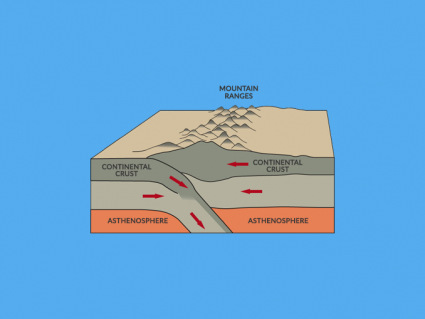
When convergent plates collide, the lithosphere thrusts upwards. This geologic process of vertical upheaving are orogenies or mountain building events.

The African major plate contains all of Africa as well as the surrounding oceanic crust of the Atlantic Ocean. It moves at an average rate of 2.5 cm per year.
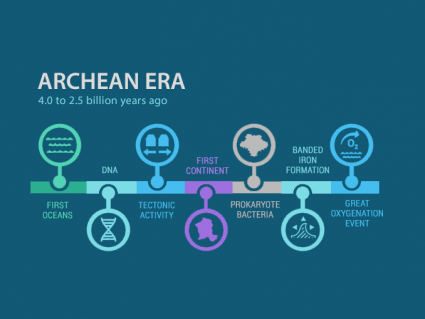
Earth formed a stable climate in the Archean Eon. Because it cooled down from its molten state, Earth was able to support oceans, continents and oxygenation
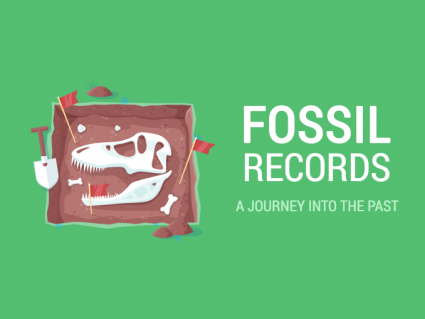
When you unveil a fossil, it’s like rewinding into the past. Fossils are preserved remains from past living things such as bones, shells or exoskeletons.
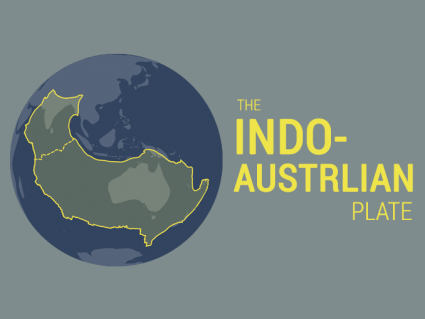
The Indo-Australian Plate combines the Australian & Indian Plate. Widely considered two separate plates, it includes Australia, India and the Indian Ocean.

During the last ice age, ice pushed down on continents with immense pressure. After the ice melted, land began slowly lifting which is isostatic rebound.
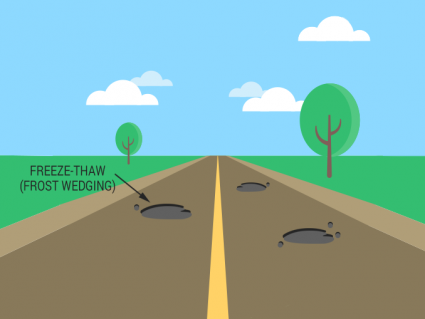
Mechanical weathering is the breakdown of rocks into sediments by physical means.This type of weathering does not alter the chemical composition of rocks.
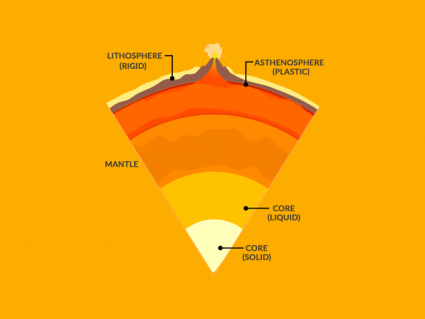
The asthenosphere is the unsung hero of our planet. This plasticky layer 80 to 200 km beneath Earth provides the necessary lubrication for plate tectonics.
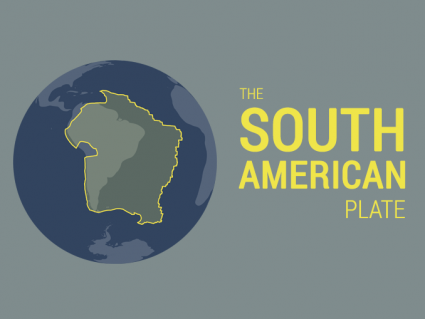
The South American plate is the smallest of all major plates that includes the continent of South America and a large portion of the Atlantic Ocean.
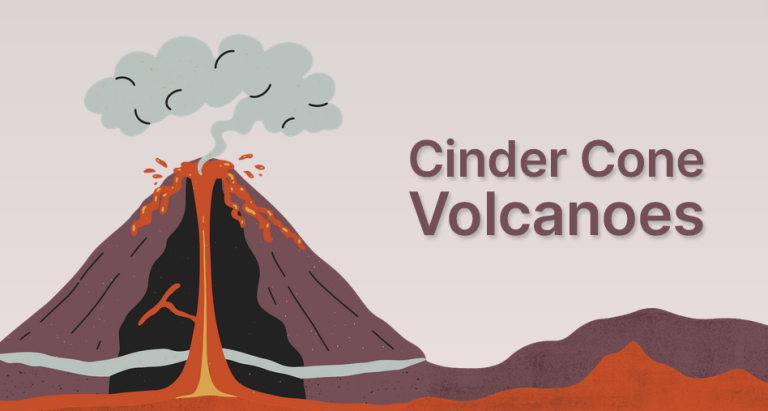
Cinder cones (also known as spatter cones) are the most common type of volcano in the world. But they are small in comparison to stratovolcanoes and others.

Sedimentary rocks form from two key processes. First, compaction squeezes material together. Second, cementing glues the squeezed material together.
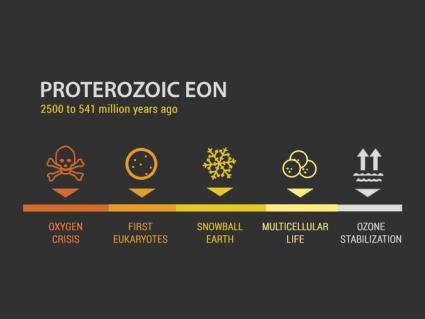
In the Proterozoic Eon, key highlights are: ozone layer thickened, an oxygen crisis, Snowball Earth and eukaryotes and multicellular organisms evolved.
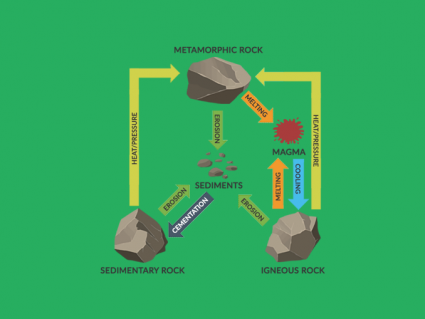
If you could speed up time, you would see rocks cycling from within the planet. Like a well-oiled machine, rocks are igneous, sedimentary and metamorphic.

Chemical weathering is the process of transforming a rock’s composition through chemical reactions (by dissolving or converting them into other minerals)
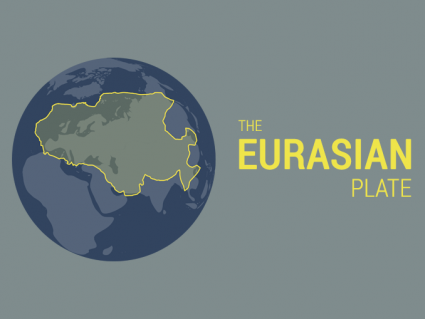
Sandwiched between the North American & African Plates, the Eurasian Plate consists of parts of Europe, Russia, Asia as well as the Atlantic & Arctic Ocean.